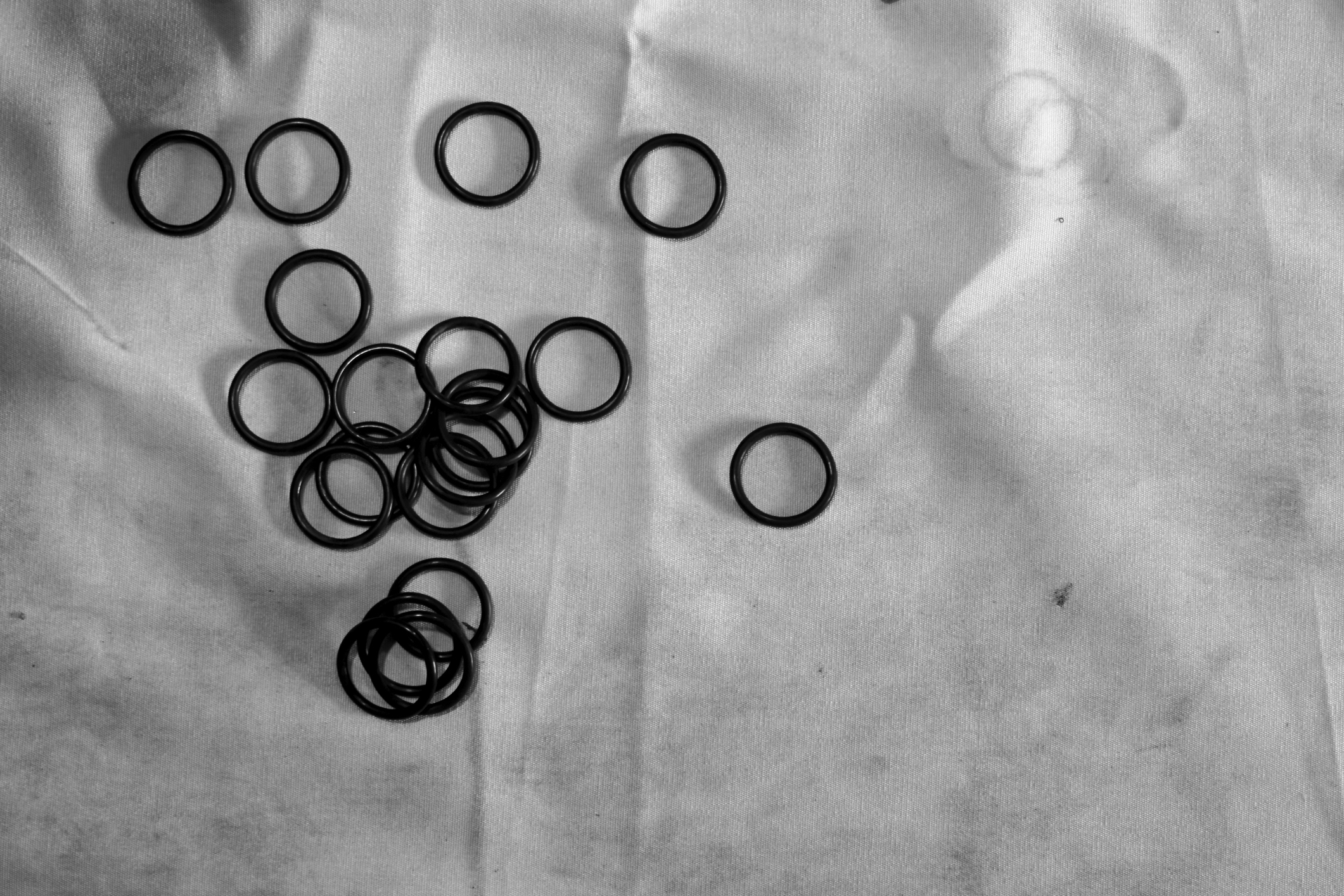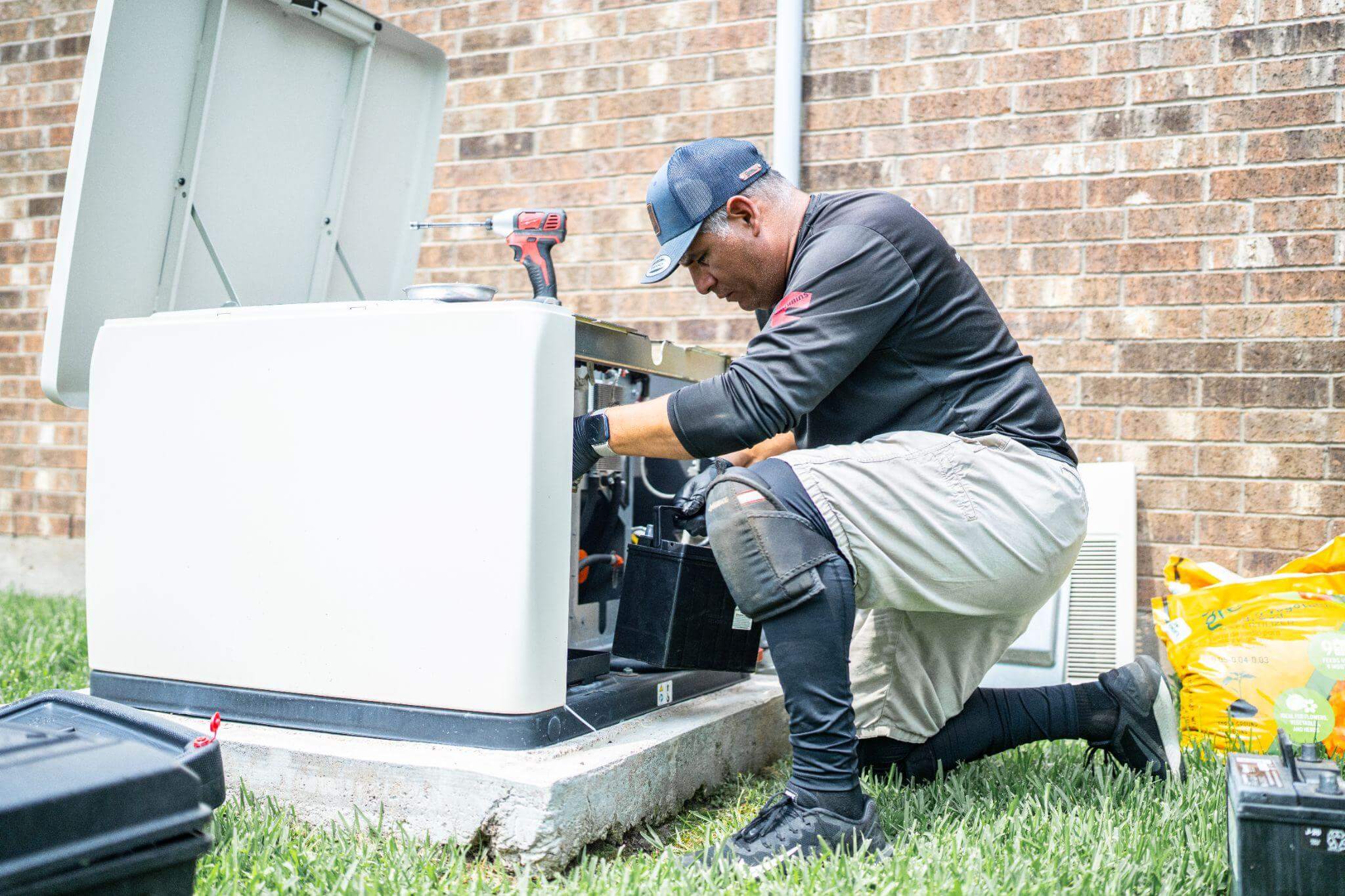Are you doing an HVAC project?
Modernize can pair you with three to four pros in your area, so you can compare options and save time and money.
When it comes to heating repairs, some jobs are definitely better left to the pros. Is your HVAC unit smoking? It’s probably best call in a contractor for that one. But minor maintenance tasks, like changing and cleaning the filter on your oil-burning furnace, can be accomplished by almost anyone with a wrench and a can-do attitude.
For optimal performance, most experts recommend you clean or change the filter at least twice a year — once before you first turn on your heater at the start of the winter or fall, and then again about halfway through the heating season.
That may sound like a lot, but it will seem like no big deal when you’re done reading through this tutorial. Changing a furnace oil filter is a piece of cake — you probably do harder work just getting to the office every day. If you’re prepared, this task should take you just a few minutes, compared to a whole afternoon waiting for a heating repairman to show up. Here’s how to do it.

Turn Off the Electricity and Oil Supply
Anytime you work on your heating or cooling equipment — even for minor updates — you should shut off the power going to your HVAC unit as a safety precaution. For a filter cleaning, you’ll need to turn off the oil supply going to the filter as well, for obvious reasons. Typically, there will be a shutoff valve located on the oil supply line above the filter.
Even after you turn off the oil, there may be some leftover in the line and the filter, too, so place a catch pan or bucket below the filter before moving on.
Remove the Filter Base
Your furnace oil filter is covered by a base that detaches from the unit, either by loosening the bolt that holds it in place or simply unscrewing the base from the supply line.
At this point, you should be able to remove the old filter and either throw it away or take it out for cleaning.
Clean the Filter Canister Base
There may be a buildup of oil and sludge in the canister base and top. Clean this out with a soft toothbrush or a cloth. If it’s really dirty, you can also soak the pieces in kerosene for a minute or two and then go to work on them with a soft brush. Follow the same cleaning process if you have a unit with a permanent filter.
Add the New Furnace Oil Filter
The filter will usually be made up of a cartridge that fits into place in the canister base. Put it into the base, and screw the base directly into the top piece, or use the bolt to tighten it back into place.
Find the Right Contractor for Your HVAC Project
Whether you’re ready to begin your project now or need some expert advice, our network of contractors are here to help. With a few simple questions, we’ll find the best local professionals for you
Make sure that the O-ring that seals the connection between the top and base is fit securely in place when you do so. If your cartridge package came with new filters and gaskets, swap these in for the existing ones. If there was no O-ring included, check the quality of this part before your screw it back in. If the older seal looks cracked, brittle, or otherwise damaged, make sure to purchase a new one and install it before screwing the filter back on.

Bleed Air from the Filter and Turn the Oil Supply Back On
Before you can restart the unit, you need to remove all the air from the furnace oil filter. You can do this by loosening the bleeder screw that sits on the top of the filter housing.
Next, reach over to your oil supply valve and turn it on so that oil is flowing to the filter. You should hear a faint hiss as the oil pushes the air out of the filter housing. Once the oil runs out of the bleed area without any air bubbles or gaps, tighten the bleeder screw and wipe the surrounding area down with a cloth. Turn the electricity on to your unit, and you should be all set.
Clean the Pump Strainer (If You Have One)
Some units also have a pump strainer located at the end of the oil supply line where the filtered oil enters the burner. It’s a smart idea to clean the pump strainer when you’re changing the oil filter, so your whole unit will run clean and clear.
To do so, lift the cover over the strainer and pull out the wire mesh strainer. Wipe it down with a cloth, or soak it in kerosene as well for a minute or two to loosen any buildup. Scrub with a soft bristled brush, and then wipe it off well. Make sure to check the strainer at the same time to ensure that there’s no damage to the piece that would warrant a total replacement.
Put the strainer back into place and add a fresh O-ring if necessary. Close the filter cover.
See? Not so hard, right? The worst part is really the mess, but if you’re willing to get your hands a little dirty, you can have an oil filter changed in no time — and as a reward for your self-reliance your heater will run more efficiently, and you’ll save money, too. That’s what we call a win-win!
Find the Right Contractor for Your HVAC Project
Whether you’re ready to begin your project now or need some expert advice, our network of contractors are here to help. With a few simple questions, we’ll find the best local professionals for you
Reviews from Real Homeowners
Welcome to Homeowner Resources! We are the Modernize blog. Modernize pairs more than 3 million homeowners a year with pre-vetted contractors in their area. This blog started because we believe homeowners should know everything about their homes, from how their HVAC works to which front door colors they might love. On Homeowner Resources, you can find information on every part of your home, right down to how you can negotiate with contractors to get the best price. Here's more about the blog.
Need a contractor? Learn more about how Modernize finds the right pro for you.

